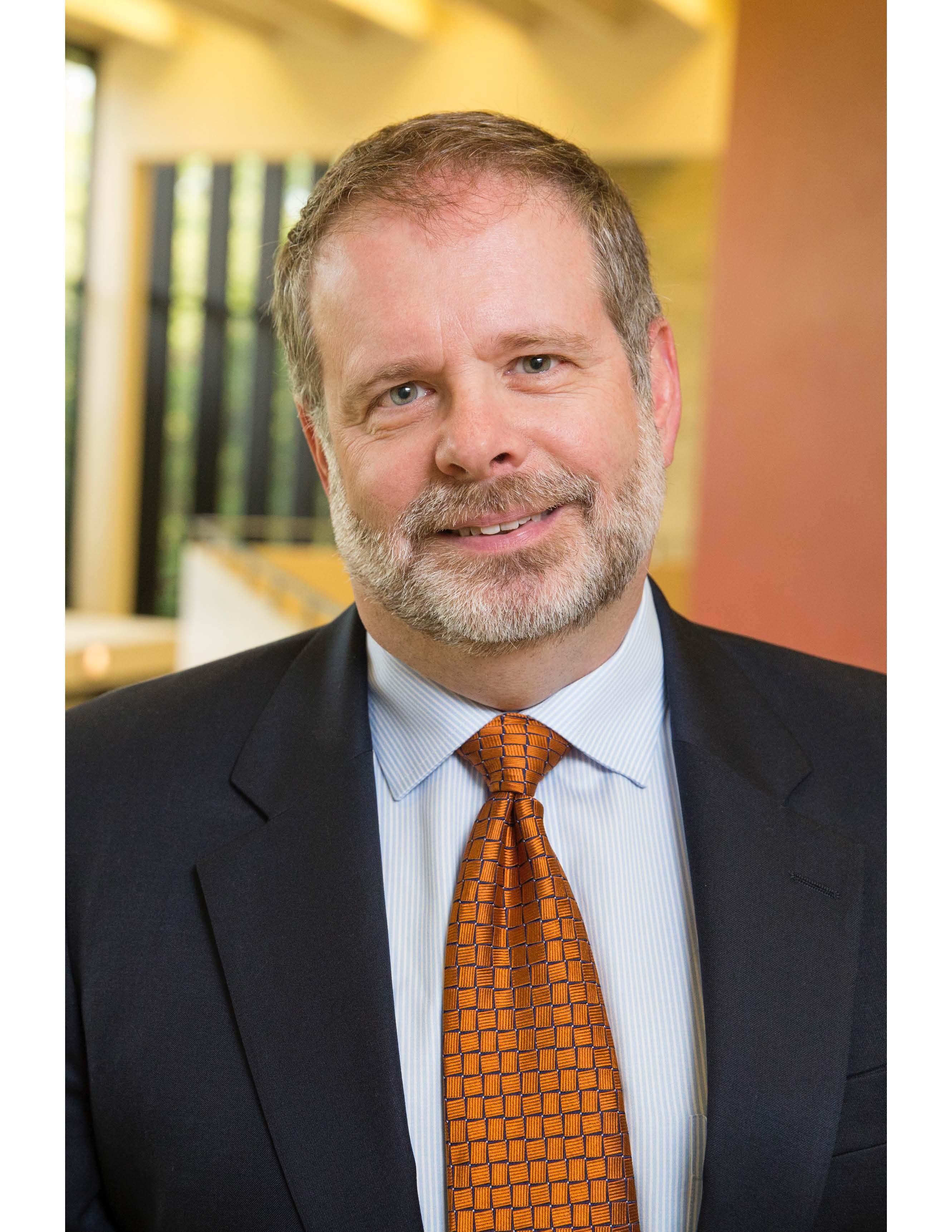
March 2024

It’s my pleasure to bring you this message on behalf of the Certification Board of Commissioners.
This year, the NLN Education Summit will focus on competency-based education. It will be held September 18–20 in San Antonio, Texas. Summit information is available on the NLN website. I hope to see you there.
Brenda Morris, EdD, RN, CNE
Chair, Certification Board of Commissioners

Happy Certification Day! Congratulations to all certified nurse educators for this achievement.
As I write this column, I would like to tell everyone that the Certification Program has surpassed the 15,000 level for number of certified nurse educators since the inception of the program. Interest in global testing continues to grow, now reporting international testers from 21 countries. That is absolutely amazing.
The International Council of Nurses (ICN) has re-established, thanks to Dr. Malone and Dr. Cipriano, president at ICN and a familiar name in US nursing, the ICN Education Experts Advisory Committee. The committee will be based at the NLN's Washington, DC, office. That provides us with more exposure to nurse educators from the global community.
The newest certification, CNEn, has reached close to the 300 certified educator level. The CNEcl certification now has 700 certified clinical nurse educators. The future of the program looks solid.
I would like to remind everyone with an expiring certification in 2024 that all renewal applications are due to NLN by October 1. This allows us time to process renewals before the expiration date on the certificate of December 31.
Another reminder about the 2024 NLN Education Summit. The Summit is scheduled to be in San Antonio, Texas, on September 18-20. It is shaping up to be a fantastic educational experience so mark your calendars for registration.
As a note of interest for everyone, the NLN has developed and validated nurse educator competencies for practical/vocational nursing educators. There will be a webinar in May to describe the processes undertaken and to review the competencies. The will be eblasts advertising the webinar, so be sure to register and attend if you might be interested in this development.
Spring is fast approaching and summer will be right behind. I wish everyone a happy, successful spring and a wonderful summer.
Dr. Larry Simmons
Senior Director of Credentialing
Preparing Nursing Faculty to Take the CNE Examination: A Study Group Pilot Project
In April 2023, Dr. Archer and Dr. Petty assessed there was a need for a formal, faculty-driven program of study at their current university. Dr. Archer personally experienced the benefits of a formal CNE study group at her previous university. At
their current university, only 10 of the last 54 faculty (18.5%) who were hired had previous experience as a nurse educator. That indicated 81.5% of new faculty were clinical experts and had little to no teaching experience, much less mastery
as a nurse educator. Overall, only 31.6% of current faculty at their school of nursing were CNE certified.
A budget was established for the program to include the expense of textbooks and the CNE® practice examination. Funding for the pilot project was provided by grant money from the school of nursing. The expense of the CNE® certification exam was not included in the budget. Participants were provided textbooks from the list approved by the NLN and are to be returned upon completion of the program. Facilitators, faculty experts, and the instructional design team were not compensated.
Outcome measures will give summative data to the facilitators on the pilot project’s effectiveness in meeting the stated purpose and goal. The three outcome measures will be CNE® certification success rate, study group participants’ confidence level, and study group participants’ knowledge level. The success rate will be compared to the national pass rate for the CNE®. Also, participants of the pilot project who have completed the study modules and passed the CNE® will be asked about changes in their teaching practices and their confidence in content delivery, outcome analysis, and curriculum planning and resiliency.
The initial reaction by both participants and facilitators contributing to the project has been encouraging. Participants express feeling supported and encouraged to take the CNE®. Drs. Archer's and Petty's expectation is that this pilot project
will fill gaps in nursing education literature regarding the CNE® and student outcomes.
Andrea Archer, DNP, RN, CNE
Deborah Petty, DNP, APRN, ACNS-BC, CNE
Update: 2023 CNE Test Blueprint
Part of the CNE Practice Analysis, which was completed in January 2023, included subject matter experts reviewing the CNE Competencies to ensure relevance to the job functions of a CNE. The process in 2023 resulted in more changes in the CNE Competencies and subsequent CNE test blueprint than the previous CNE Practice Analysis. This update will provide an overview of the changes that occurred in the CNE test blueprint from the 2023 CNE Practice Analysis.
In looking at the overall major content areas on the 2019 and 2023 CNE test blueprint (see Table 1), a big change from the 2019 CNE test blueprint is found in Content Area 6. Engage in Scholarship, Service and Leadership, which was divided out in the 2023 CNE blueprint into Content Areas 5. Function as a Change Agent and Leader, 7. Engage in Scholarship, and 8. Function within the Organizational Environment and the Academic Community.
While there was not a change in the number of items on the examination, there were changes to the percentages of items based on the Content Areas. There was an increase in the percentage of questions related to Content Area 1. Facilitate Learning from 22% in the 2019 version to 36% in the 2023 version. All other areas decreased in percentage of content in the 2023 test blueprint except when looking at the change in the 2019 Content Area 6 Engage in Scholarship, Service and Leadership. With the dividing of this Content Area in the 2023 test blueprint, the overall percentage went up from 15% in the 2019 version to a combined 19% in the 2023 version.
Table 1 CNE Major Content Areas in 2019 and 2023
| 2019 Major Content Areas | 2019 Percent on Examination | 2023 Major Content Areas | 2023 Percent on Examination |
| 1. Facilitate Learning | 22% | 1. Facilitate Learning | 36% |
| 2. Facilitate Learner Development and Socialization | 15% | 2. Facilitate Learner Development and Socialization | 14% |
| 3. Use Assessment and Evaluation Strategies | 19% | 3. Use Assessment and Evaluation Strategies | 14% |
| 4. Participate in Curriculum Design and Evaluation of Program Outcomes | 17% | 4. Participate in Curriculum Design and Evaluation of Program Outcomes | 10% |
| 5. Pursue Continuous Quality Improvement in the Academic Nurse Educator Role | 12% | 5. Function as a Change Agent and Leader | 7% |
| 6. Engage in Scholarship, Service and Leadership 6A Function as a Change Agent and Leader 6B Engage in Scholarship of Teaching 6C Function Effectively with the Institutional Environment and the Academic Community | 15% | 6. Pursue Continuous Quality Improvement in the Academic Nurse Educator Role | 7% |
| 7. Engage in Scholarship | 5% | ||
| 8. Function within the Organizational Environment and the Academic Community | 7% |
In taking a further look at the changes in the test blueprint (see Table 2), there is a clear effort on the part of the subject matter experts to update the language to incorporate current trends and issues in nursing and higher education (e.g., diversity, social determinants of learning, clinical judgement, learning competencies). There was also a shifting of task statements that occurred between the Content Areas due to examining the goodness of fit from the 2019 version. An example of this is found in the task statement “Provide input for the development of nursing program standards and policies regarding: 1. Admission, 2. Progression, and 3. Graduation,” which was shifted from Content Area 3. Use Assessment and Evaluation Strategies in the 2019 version to Content Area 4. Participate in Curriculum Design and Evaluation of Program Outcomes in the 2023 version. Additionally, task statements were condensed in many of the Content Areas such as in Content Area 1. Facilitate Learning where there were 17 task statements in the 2019 version, which was changed to 11 task statements in the 2023 version.
Table 2 Comparison of 2019 CNE Detailed Test Blueprint and 2023 CNE Detailed Test Blueprint
While there were more changes to the CNE test blueprint in the CNE 2023 Practice Analysis than in previous reviews, it is important to note the rigor in the process. The 2023 Practice Analysis and subsequent changes to the CNE
blueprint were guided by a psychometrician and included the review and revision the CNE Competencies by subject matter experts, a validation survey with current CNE practitioners of the revised CNE Competencies along with a
rating of the importance of the CNE Competencies, revision to the test blueprint based upon the results of the validation survey, and standard setting for the cut score of the CNE examination using a modified Angoff method.
This process ensures the CNE Competencies are applicable to nursing education and the CNE certification remains a mark of distinction for academic nurse educators. |
Erin Killingsworth, PhD, RN, CNE
Chair of Certification Test Development
Meet the Board

Hicks’ clinical background includes positions in medical and surgical critical care areas. He has held positions as a staff nurse, charge nurse, assistant head nurse, and preceptor, as well as Clinical Nurse Specialist for the heart transplant program at Rush University Medical Center.
He has taught at Indiana University Northwest, Loyola University Chicago, and Rush University College of Nursing and Carthage College. While at Rush, as assistant dean for academic affairs, Hicks led the development and implementation of the pre-licensure and post-licensure Clinical Nurse Leader master’s degree programs. Dr. Hicks was the founding director for the BSN and RN-BSN programs at Carthage College in Kenosha, Wisconsin. During his time at Carthage, he led the newly created Department of Nursing through its successful initial accreditation visit, established an undergraduate fellowship in population health, and successfully established and promoted opportunities for undergraduate research.
For more than 20 years, he has been recognized as an excellent teacher, having won Teacher of the Year for the Niehoff School of Nursing at Loyola Chicago, Sigma Theta Tau Alpha Beta Chapter Excellence in Education Award, and the Excellence in Education for Rush University. He was chosen as an Illinois Board of Higher Education Nursing Education Fellow in 2014 and received certification as a nurse educator (CNE) from the National League of Nursing. He is an alumnus of the AACN's Leadership in Academic Nursing program and was an AACN-Wharton Fellow Executive Leadership program. Dr. Hicks serves as a CCNE Accreditation team leader and visitor for academic and resident programs, as well as serving on the Report Review Committee and the Educational Standards Committee of CCNE. Additionally, Dr. Hicks is vice chair of the Illinois Association of Colleges of Nursing, a member of the Editorial Board for the Journal of Nursing Education and is a commissioner and vice chair for the National League for Nursing Certified Nurse Educator Examination Board.
Certification Board of Commissioners

